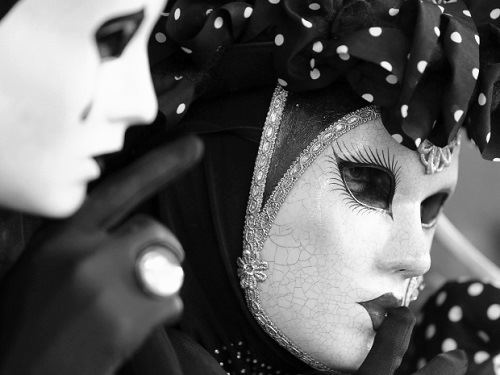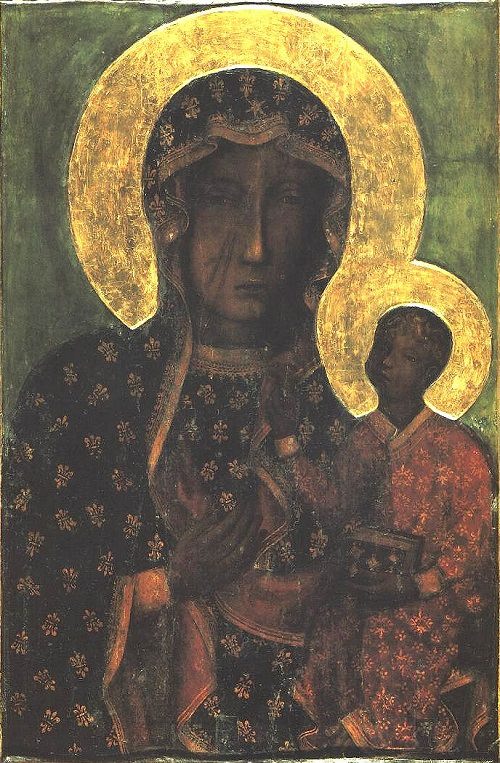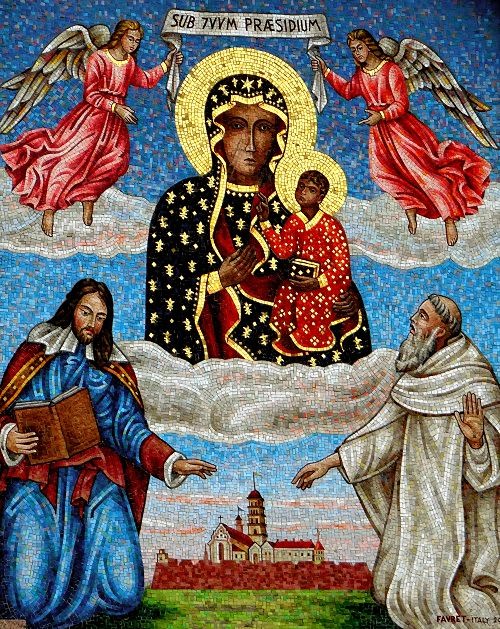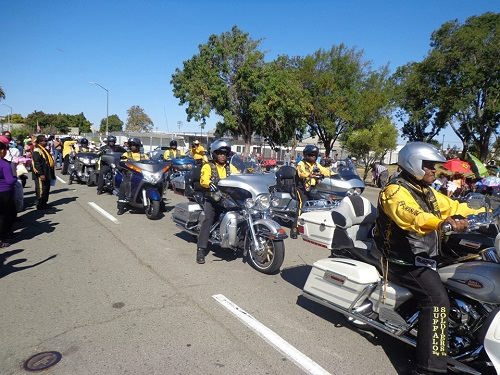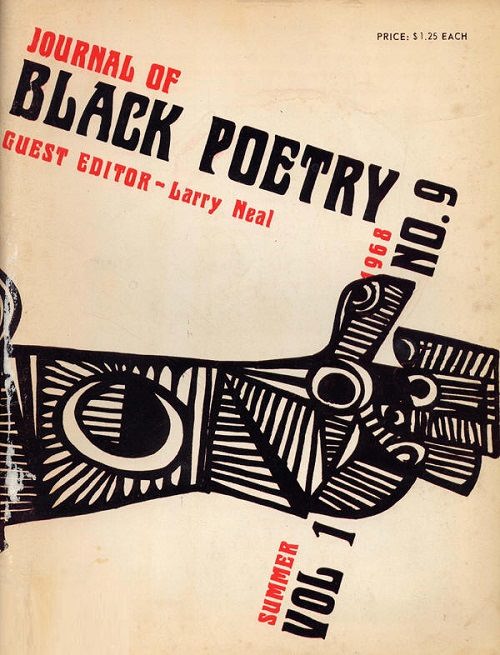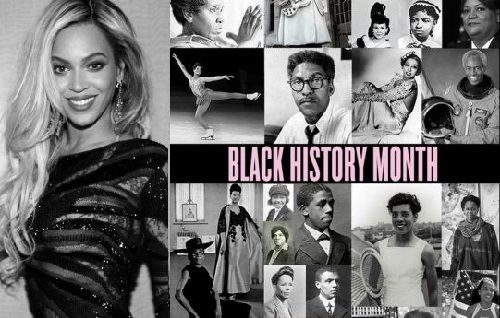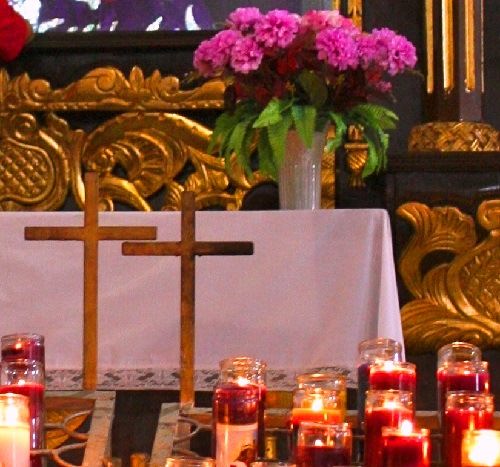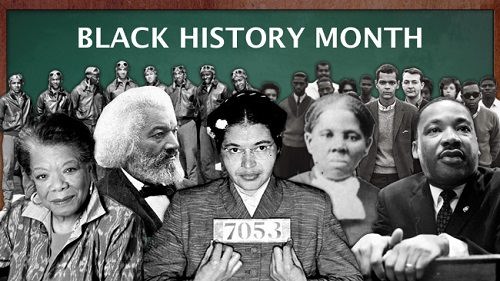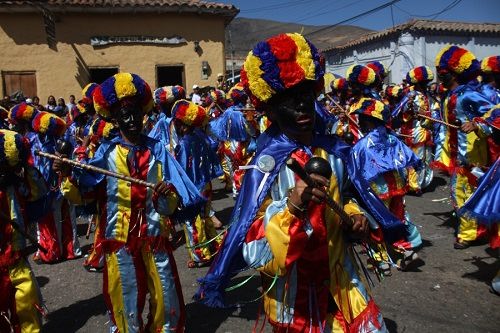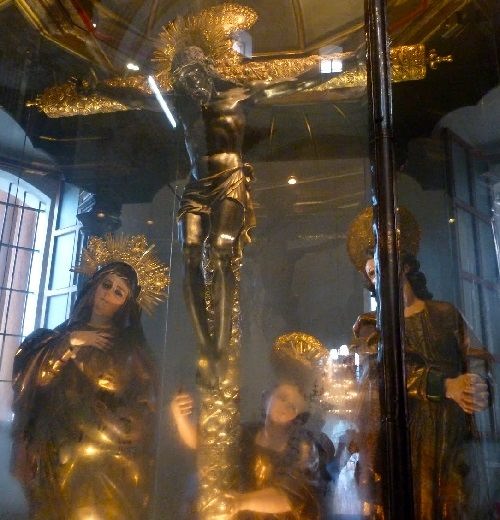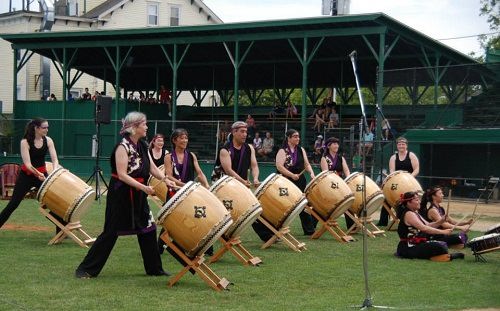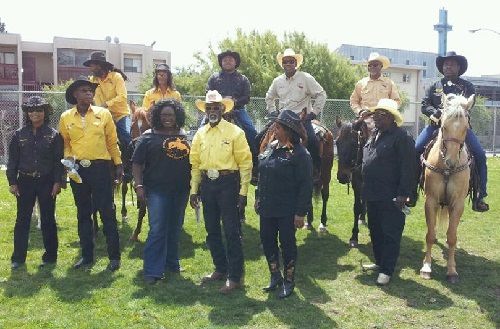Holidays painted black
First and foremost, Black connotes death, mourning, and evil. Besides, a liberal use of black has negative overtones as the color of ill omen, hell, and damnation. However, for the ancient Egyptians, black (the color of the Nile Delta soil) meant life, growth, and well-being. Anyway, Black is beautiful. Meanwhile, Black has always been associated with night, and, for this reason, is also associated with unknown, mystery, and intrigue. And it is amazing how many world’s festivals, celebrations, fiestas, and holidays devoted to black. In other words, have Black not only in their names, but also in content. For instance, Black and White Ball, Black Christ Festival, Black Cowboys Parade, Black Friday, Black Hills Passion Play, Black Madonna Feast, Black Hills Passion Play, Black Nazarene Fiesta, Black Poetry Day, Black Ships Festival, Fiesta of the Black St. Benito, Black History Month, and some more.
Black and White Ball takes place in early June in odd-numbered years. This biennial ball, which began in the 1950s, has been the biggest one-night fundraising event for the arts held in the United States. Besides, it draws some 16,000 black-tie party-goers to San Francisco’s Civic Center area for music, dancing, food, cocktails, and socializing—all for the benefit of the San Francisco Symphony’s education and outreach programs. So, from 9:00 p.m. until 2:00 a.m., attendees can walk throughout the several-block area to catch an eclectic mix of live music – classical, jazz, rock and roll, blues, swing, funk, reggae, and salsa. By the way, country—performed by more than 30 groups in 13 indoor and outdoor venues.
Black Christ Festival, October 21. There are two legends associated with the observance of the Black Christ Festival in Portobelo, Panama. One says that during a cholera epidemic on the Isthmus, the people found a crate floating on the water near the beach. When they
brought it ashore and opened it, they discovered a statue of a black Christ. They brought it into the church and, within a few days, the cholera had completely disappeared from Portobelo, even though it continued to rage elsewhere.
According to the other legend, a ship was carrying the black Christ statue from Spain to Cartagena, Colombia. The ship stopped for supplies in Portobelo, but when it attempted to leave, it turned back five times due to sudden storms. As a result, the crew threw the crate containing the statue overboard. Nevertheless, local residents rescued it and put it in a place of honor in their church. By and large, the image of the black Christ, made of dark brown coco-bolo wood, has been credited with everything from miraculous cures to helping the city win the national lottery.
The people of Portobelo honor their patron saint, El Jesu´ s Nazarene, by carrying the statue in procession on a decorated platform through the city streets. Pilgrims come from all over Panama, as they have for more than 300 years, to celebrate with folk dancing, music, and songs.
Day of the Black Christ of Esquipulas, January 15. For many people in Central and South America, the pilgrimage to the Black Christ of Esquipulas begins well in advance of the January 15 festival. Quite a number of Indians make the journey to Esquipulas—located in southeastern Guatemala along the borders with El Salvador and Honduras—entirely on foot, and look down upon those pilgrims who travel by horseback or in cars. Many don wide-brimmed straw hats, to which they attach gray Spanish moss and chiches (breasts), a yellow fruit that resembles a gourd. Indians making the journey from Quezaltenango blacken their hands with the juice from a special fruit. Folk belief teaches that this act aids Christ in enduring his pain.
Ceremonial sites resembling altars, built from rocks brought by pilgrims, are scattered through the hills surrounding Esquipulas. The pilgrims stop to pray at these sites in their journeys to and from Esquipulas.
Black Cowboys Parade, Saturday in October. A salute to the black cowboys who helped settle the West, held since 1975 in Oakland, Calif. Hundreds of mounted cowboys and marching bands participate in the parade, the only one of its kind in the nation. There are also arts and crafts exhibits and food booths.
Black History Month, February. Black History Month grew out of Negro History Week, which was established in February 1926 by African-American historian Carter G. Woodson, who founded the Association for the Study of African-American Life and History. Expanded in 1976 to a month-long observance, this celebration of the contributions and achievements of African Americans was initially designed to encompass the birthday of the abolitionist orator and journalist Frederick Douglass (1817-1895) on February 14 as well as Abraham Lincoln’s Birthday.
Black History Month is widely observed by schools, churches, libraries, clubs, and organizations wishing to draw attention to the contributions of African Americans.
Black Madonna Feast, August 15. The most famous icon in Eastern Europe can be found at the monastery on Jasna Gora, in the city of Czestochowa, Poland. The Czarna Madonna, or Black Madonna, is so called because of the dark complexion in the portrait of the Virgin Mary that, according to legend, was painted by St. Luke on a linden wood tabletop built by the apprentice carpenter, Jesus of Nazareth.
Each year on August 15, the feast of the Assumption, hundreds of thousands of pilgrims attend the Feast of Our Lady of Czestochowa to seek forgiveness for their sins, recovery from injury or illness, or to offer gratitude for a favor granted. With their rosaries in hand, the pilgrims – some on their knees climb Jasna Gora, which means the ‘‘Hill of Light,’’ to attend mass at the monastery, celebrated above them, on the high monastery walls, by priests in golden chasubles.
More than 80 miracles have been documented at the shrine, which is only one of many dedicated to the Virgin Mary throughout the country. King John II Casimir proclaimed the Virgin Mary to be the Queen of Poland in 1656 after an unlikely victory over the Swedes at Jasna Gora prevented the latter from overrunning the monastery and looting its treasures. Mary is the patron saint of Poland, and Assumption Day is a national holiday.
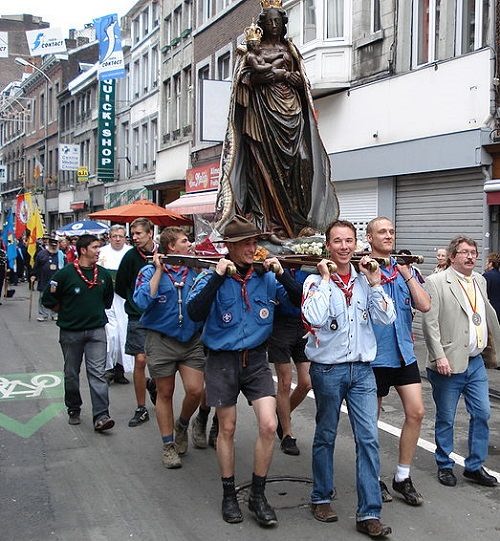
Holidays painted black. Procession of People carrying the Black Madonna statue to the church in the village of Letnica on August 15 during the Black Madonna feast
Black Nazarene Fiesta, January 1-9. The Fiesta of Quiapo District is the largest festival in Manila, Philippines. It is held each year in honor of the Quiapo District’s patron saint – the Black Nazarene, a life-sized statue of Jesus carved from blackwood, whose shrine is located in Quiapo’s baroque church. The traditional nine-day fiesta features nightly cultural events, band concerts, and fireworks. On the last day of the festival there is a procession of barefoot men pulling a carriage that holds the 200-yearold statue of Christ on the way to Calvary. Those members of the procession who are not pulling the carriage carry candles and circle throughout the district.
Black Poetry Day, October 17. Jupiter Hammon, the first African-American poet to publish his own verse, was born on this day in 1711 and lived most of his life in the Lloyd Neck area of Huntington, Long Island. Hammon was a slave. Hammon learned how to read and was allowed to use his master’s library. On Christmas Day, 1760, he published his first poem, ‘‘An Evening Thought,’’ at the age of 49. He went on to publish other poems and a number of prose pieces as well. Black Poetry Day was first proposed in 1970 by Stanley A. Ransom of Huntington, who was concerned that there were no existing celebrations to honor the contributions African Americans have made to American life and culture.
Black St. Benito Fiesta, December 29. This fiesta is celebrated by a number of locales in the state of Zulia, Venezuela, and is especially popular in Bobures. The streets are decorated and people adorn the windows of their homes with white flags two days before the fiesta begins, and the events of December 29 are supervised by the chimba´ngueles or vassals of the saint.
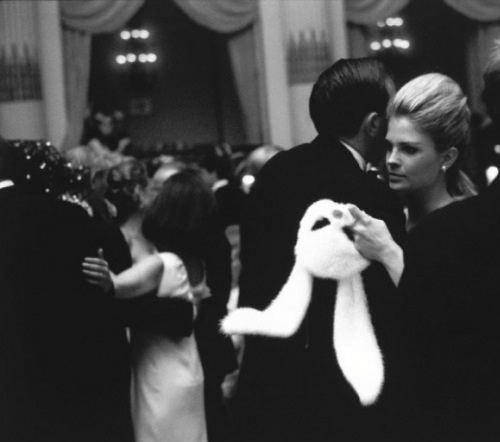
Candice Bergen holding her white bunny mask at Truman Capote’s 1966 Black and White Ball. (Source of image tamburina.tumblr.com)
After early morning mass, the chimba´ngueles put St. Benito’s statue on a litter and surround it with flowers. They then carry it through the streets while performing an unusual bouncing kind of dance in which they continually move forward and backward to the accompaniment of seven drums, each of which sounds a different tone. They are followed by groups of women who shake green branches in the saint’s face. Throughout the long procession, St. Benito’s image is sprinkled with perfumes and presented with drinks of homemade whiskey.
Black Ships Festival takes place in the third weekend of May in Shimoda, Japan; last full weekend in July in Rhode Island Kurofune is what the Japanese called the black ships that Commodore Matthew C. Perry anchored off Shimoda, Japan, on July 8, 1853. He forcefully negotiated the Treaty of Kanagawa – the first treaty between the United States and Japan in 1854. The treaty opened trade between the two countries and ended two centuries of self-imposed isolation for Japan. In 1934, Shimoda began commemorating the arrival of Commodore Perry and his black ships. It is the site of the first American consulate in Japan, placed there by the Japanese to keep the ‘‘barbarians’’ (Americans) away from the capital, then called Edo. The first consul-general, Townsend Harris, arrived in August 1856. Twenty years later, Shimoda became the sister city to Newport, Rhode Island, where Perry was born.
In 1984, Newport began celebrating a reciprocal Black Ships Festival emphasizing Japanese art, culture, and education. Events include Japanese tea ceremonies, ikebana (flower arranging), origami (paper folding), kendo (martial arts), Sumo wrestling, Japanese kite flying, and traditional Japanese performing arts. In 1986 the Black Ships Festival was expanded to form the Japan-America Society of Rhode Island, which now sponsors the festival and works to develop cooperation and understanding between the citizens of Rhode Island and Japan.
Holidays painted black
Based on Holidays, Festivals, and Celebrations of the World- Dictionary 2005
